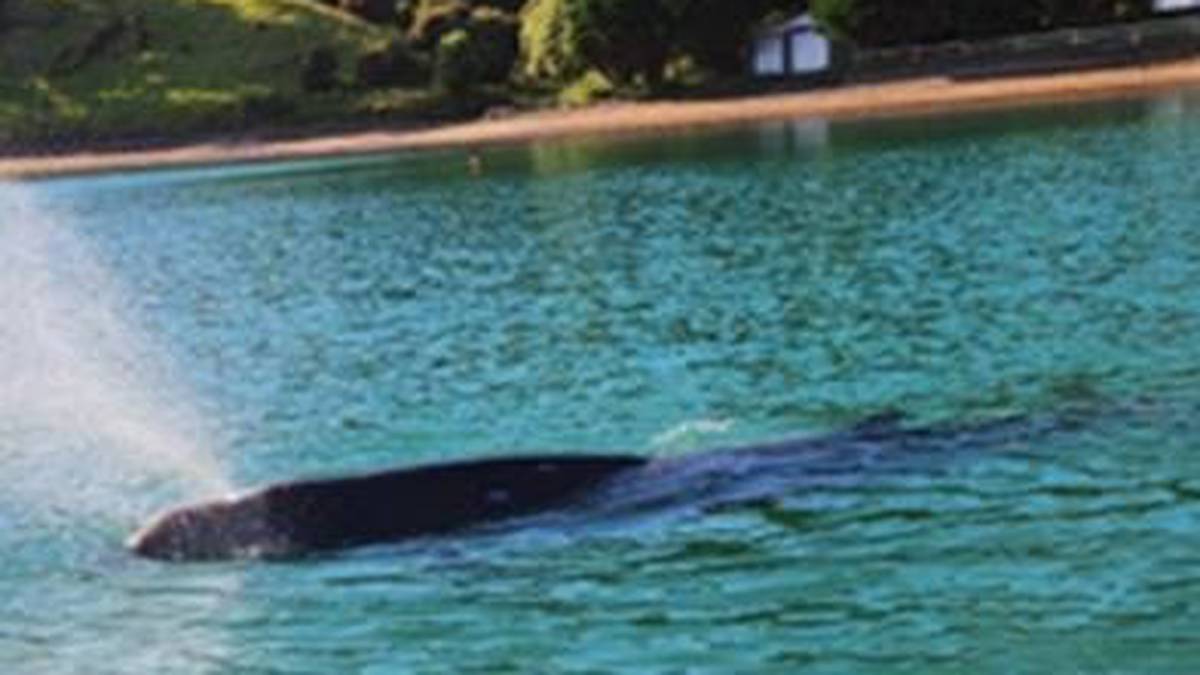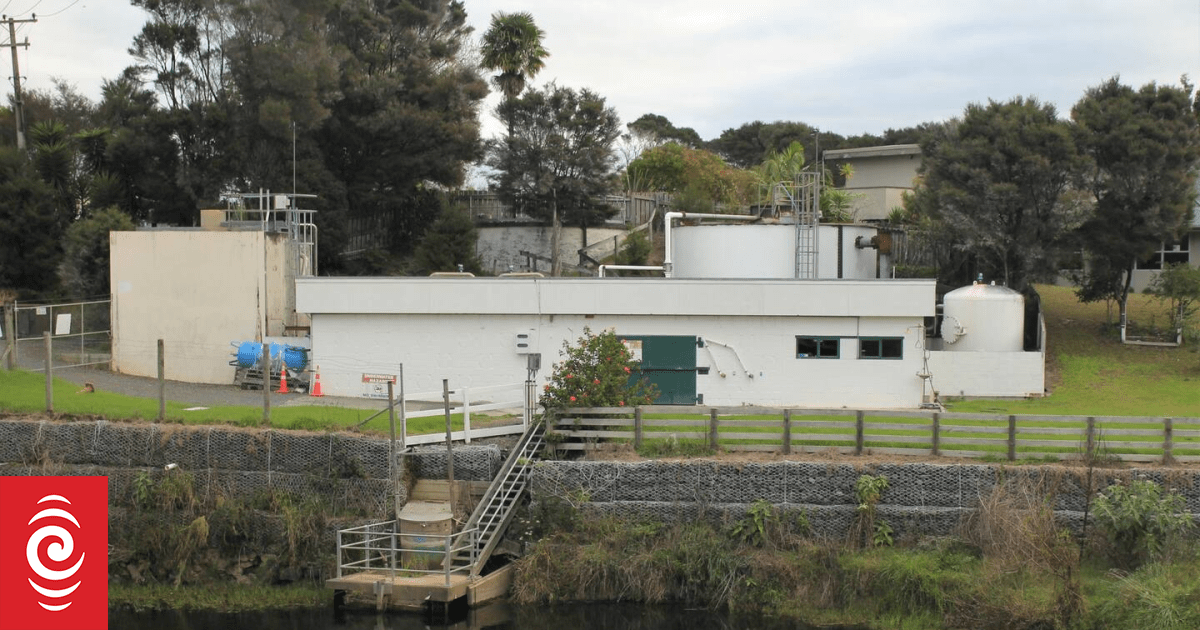The southern bottlenose whale in Pēwhairangi/ Bay of Islands appears to be unwell and injured. Photo / DOC
A southern bottlenose whale that appears to be unwell and injured has attracted the close attention of the Department of Conservation (DoC).
Bronwyn Bauer-Hunt, operations manager Pēwhairangi/Bay of Islands DoC, said they have been monitoring the whale since Monday.
“The whale appears to be a juvenile who we believe may have been separated from their pod and appears unwell and may still be dependent on other animals given its small size,” she said.
The whale was last sighted today at the southern end of Wairoa Bay, near Waitangi, heading toward Poraenui Point.
Advertisement
Bauer-Hunt said marine experts had advised the department that the best course of action currently was to monitor the whale’s welfare.
“[…] Which we will continue to do with the help of coastal property owners and reports from people, along with our specialist team on the water.”
/cloudfront-ap-southeast-2.images.arcpublishing.com/nzme/7SUM3JU2ZRFDLDFTR7RAKDZBBE.jpg)
She said DoC had teamed up with local iwi also as they respond to the whale’s plight.
Advertisement
The Bay of Islands was declared a Marine Mammal Sanctuary under the Marine Mammals Protection Act 1978. This means all marine mammals must be given 300m of space – including the injured whale.
Bauer-Hunt said if you find your vessel within 300m of any marine mammal in the water, you must stop your vessel.
“You must remain stopped until the marine mammals are more than 300m away. It is not an offence if your vessel drifts while stopped. If you’re within a marine mammal safe zone, your vessel must travel five knots or less, regardless of whether a marine mammal is visible.”
No one is allowed in the water within 300m of a marine mammal – including anyone scuba diving, swimming, and snorkelling.
The reminder comes as thousands of New Zealanders prepare for summer holidays – a time when illegal activity in the country’s marine reserves spikes, the department says.
Advertisement
DoC’s Senior Manager Regulatory Assurance John Wallwork said people not following the rules poses a risk to New Zealand’s native places and species.
Marine reserve offences account for 40 per cent of infringements issued by DoC.
The most common offence in marine reserves is fishing, including the taking of kina and shellfish. Other offences include dumping rubbish in marine reserves or removing material such as sand, shingle or seaweed.
“While you’re out and about this summer, play your part by treating conservation areas, and our native plant and animal species, with respect,” Wallwork said.
“Follow the rules and report any illegal activity. Those breaking conservation laws could face an infringement, a fine or a prosecution.”



